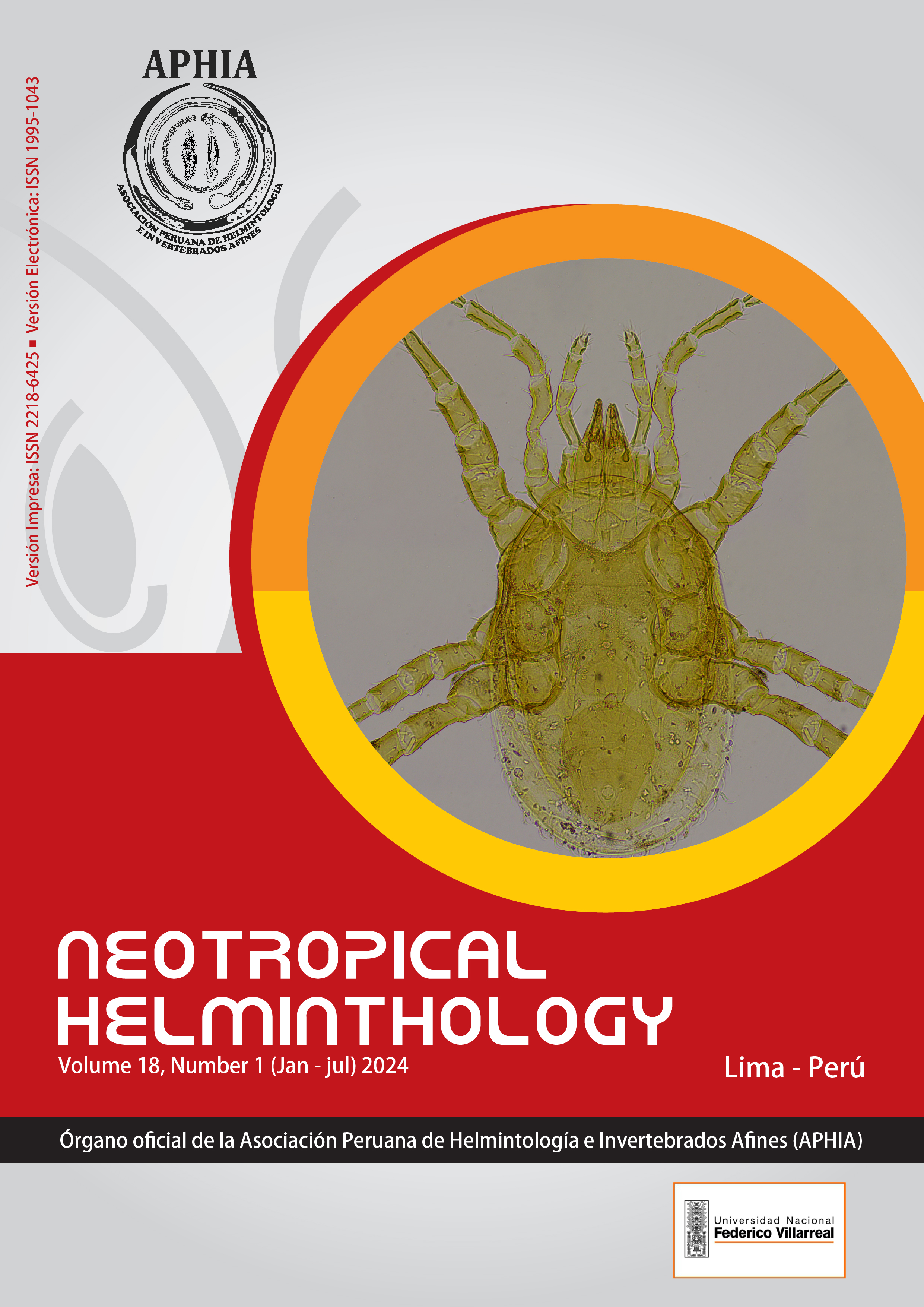Mathematical model with bias and influence coefficients in the theoretical relationship of scientific thought: analysis from the larval bioregulator Gambusia punctata Poey, 1854.
DOI:
https://doi.org/10.62429/rnh20241811769Keywords:
control coefficient, exponential function, mathematical model, theoretical relationship, weighted allocationAbstract
The aim of the study was to propose a mathematical model with bias and coefficients of influence in the theoretical relationship of scientific thought: analysis from the larval bio-regulator Gambusia punctata Poey, 1854. The study was conducted between January and April 2024. The mathematical model is based on the independent variable (-Vi), the dependent variable (-Vd), a control coefficient (m), and an exponential function (e-Vd). A coefficient (s) that adjusts the initial bias is considered. Two equations were proposed as a mathematical model: 1st) -Vi = m ⋅ (1−e-Vd) + s ⋅ (1−e), and 2nd) -Vd = Ʃni=1 [m ⋅ -Vi ⋅ (1−e-Vd)] + s ⋅ (1−e). The selection will depend on identifying one or several independent variables. The value m was determined through weighted values: -0.2 (minor influence), -0.4 (moderate influence), -0.6 (considerable influence), and -0.8 (significant influence) referring from perceptible but limited changes to fundamental and marked changes in the values or results of the dependent variable. The allocation of weighted values was based on the theoretical understanding of the system where empirical and theoretical data are integrated. The inclusion of the exponential function improves accuracy on complex non-linear cause-effect relationships in natural systems. It is concluded that the proposed mathematical model, supported by weighted assignments and an exponential function, provides a robust tool to understand and predict responses in complex systems. Although initial subjectivity may introduce some uncertainty, a rigorous review of scientific literature minimizes potential biases, ensuring its validity and utility in science.
Downloads
Published
How to Cite
Issue
Section
License

This work is licensed under a Creative Commons Attribution-NonCommercial-NoDerivatives 4.0 International License.
OBJETO: El AUTOR-CEDENTE transfiere de manera TOTAL Y SIN LIMITACIÓN alguna al CESIONARIO los derechos patrimoniales que le corresponden sobre la (s) obra(s) tituladas: xxxxxxxxxxxxxxxx, por el tiempo que establezca la ley internacional. En virtud de lo anterior, se entiende que el CESIONARIO adquiere el derecho de reproducción en todas sus modalidades, incluso para inclusión audiovisual; el derecho de transformación o adaptación, comunicación pública, traducción, distribución y, en general, cualquier tipo de explotación que de las obras se pueda realizar por cualquier medio conocido o por conocer en el territorio nacional o internacional.
REMUNERACIÓN: La cesión de los derechos patrimoniales de autor que mediante este contrato se hace será a título gratuito.
CONDICIONES Y LEGITIMIDAD DE LOS DERECHOS: El AUTOR-CEDENTE garantiza que es propietario integral de los derechos de explotación de la(s) obra(s) y en consecuencia garantiza que puede contratar y transferir los derechos aquí cedidos sin ningún tipo de limitación por no tener ningún tipo de gravamen, limitación o disposición. En todo caso, responderá por cualquier reclamo que en materia de derecho de autor se pueda presentar, exonerando de cualquier responsabilidad al CESIONARIO.
LICENCIA DE ACCESO ABIERTO: El AUTOR-CEDENTE autoriza que manuscrito publicado en La Revista Neotropical Helminthology permanece disponible para su consulta pública en el sitio web https://www.neotropicalhelminthology.com/ y en los diferentes sistemas de indexación y bases de datos en las que la revista tiene visibilidad, bajo la licencia Creative Commons, en la modalidad Reconocimiento-No comercial- Sin Trabajos derivados –aprobada en Perú, y por lo tanto son de acceso abierto. De ahí que los autores dan, sin derecho a retribución económica, a la Asociación Peruana de Helmintología e Invertebrados Afines (APHIA), los derechos de autor para la edición y reproducción a través de diferentes medios de difusión.


 Numero 2 Volumen 19 - 2025 (versión Anticipada)
Numero 2 Volumen 19 - 2025 (versión Anticipada)














































